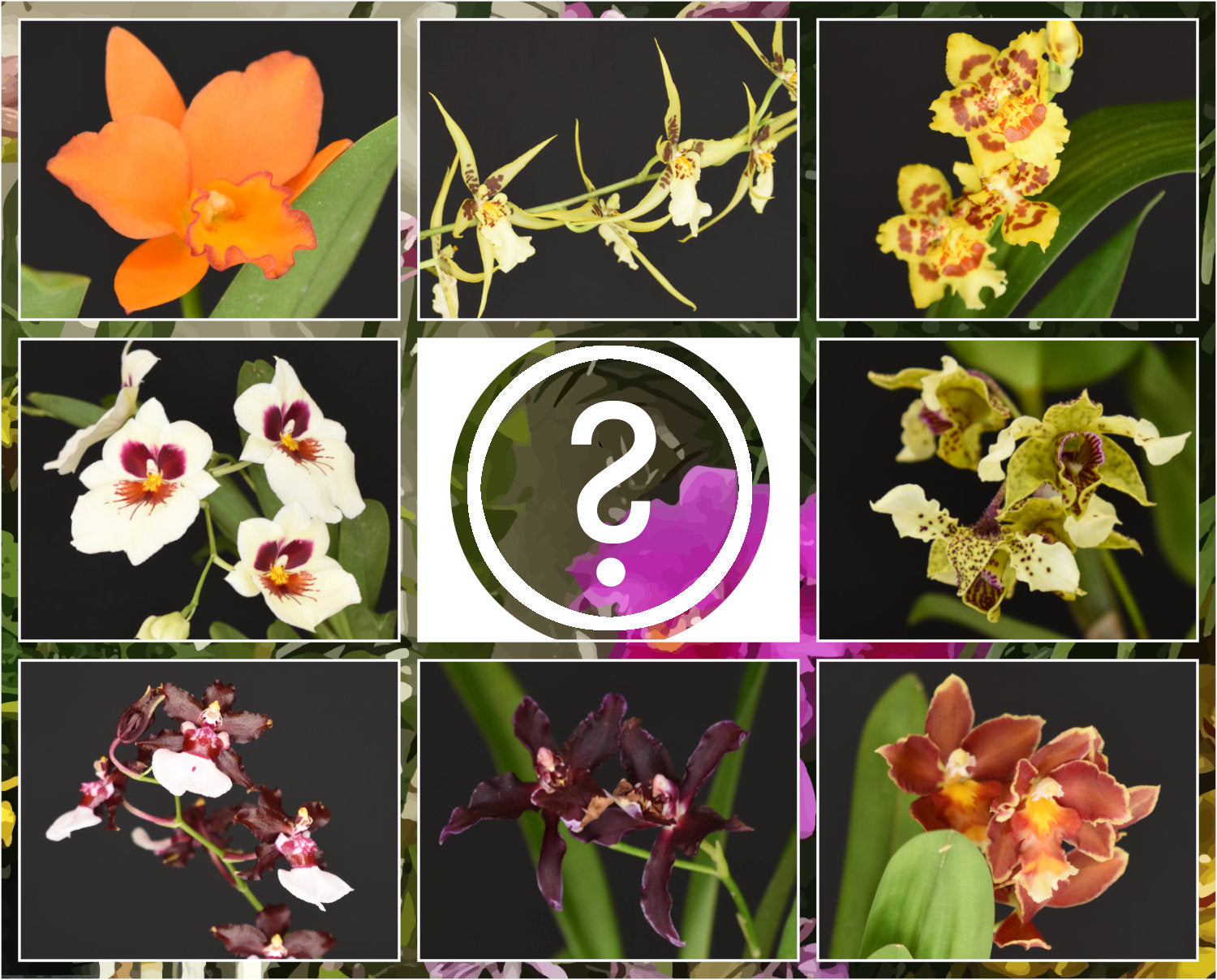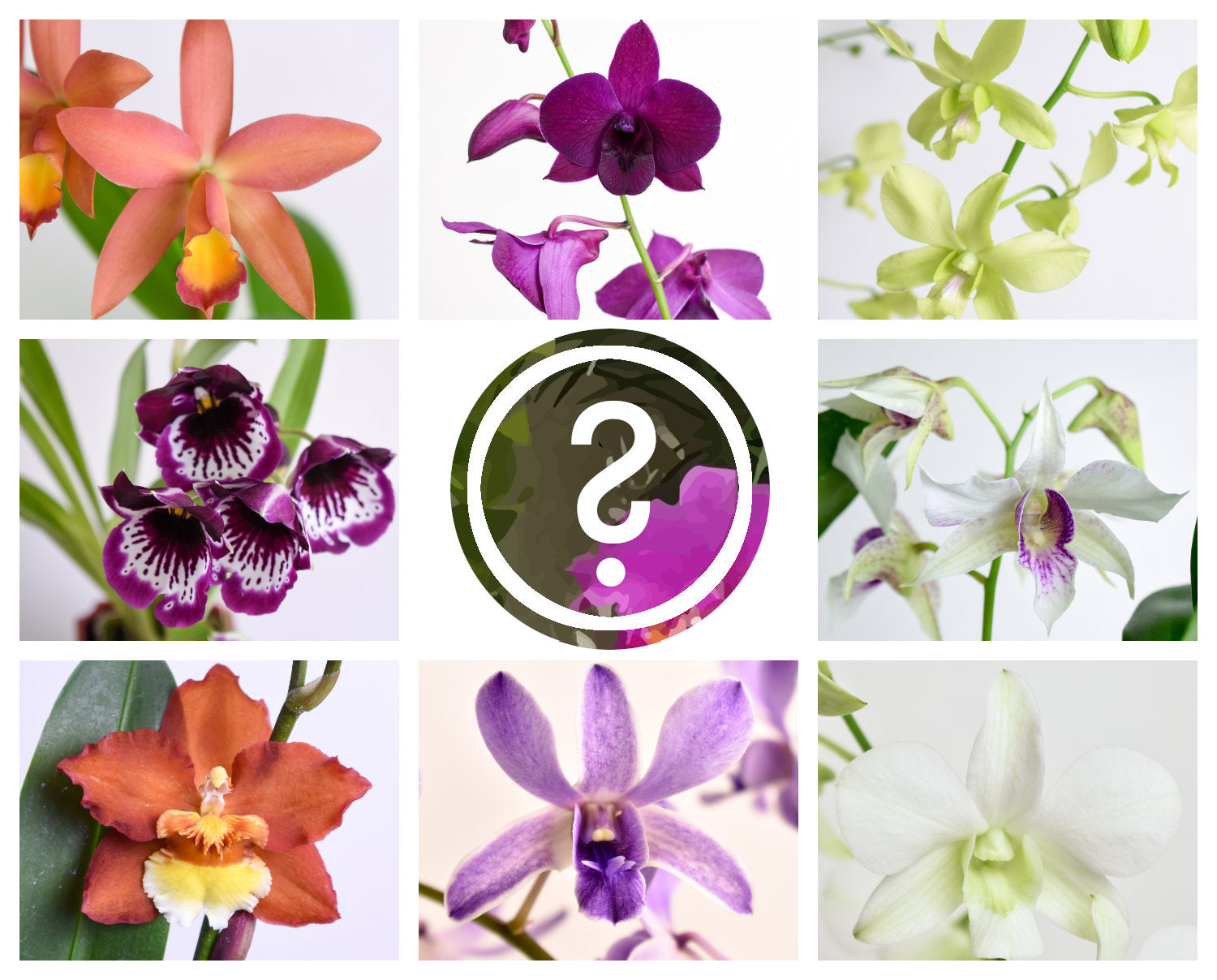Cattleya Resources
Though possibly not quite as widely hybridized as the Oncidium/Odontoglossum Alliance, the Cattleya Alliance of orchids is one of the most prolific genetic groups of orchids there are. Hybridizing between Cattleya and various other genera is the process that results in a large number of “intergeneric” orchids with exotically varied flowers on the market today. The genera of orchids which are collectively referred to as the “Cattleya Alliance” include Barkeria, Brassavola, Broughtonia, Cattleya, Cattleytonia, Dialaelia, Encyclia, Epicat, Epidendrum, Guarianthe, Laelia, Myrmecophila, Rhyncholaelia and Sophronitis and their many hybrids. We’ll be covering resources for general Cattleya and Cattleya Intergeneric orchids here. Head back to the A-Z list for information on more specific genera.
Hereditary Influences of the Cattleya Alliance – AOS
Cattleya Novice Culture Sheet – AOS
Cattleya Culture Sheet – AOS
Cattleya – AOS
Cattleyas for the Beginner Part 1, Part 2 – AOS
Cattleya Culture Part 1, Part 2, Part 3, Part 4, Part 5 – AOS
Talk about your brand
Bombotany is carbon negative
We hold ourselves accountable for our impact on the environment, so we’re investing in the green movement! We’ve partnered with climate change fighting institutions in order to help develop projects that reduce carbon dioxide emissions.
We’ve tallied up the sum of our environmental impact from travel, energy usage, packaging material, freight, delivery, and growing plants – and we’ve offset the emissions from all of these things and then some.
Our December 2020 carbon footprint analysis shows that we’re combatting greenhouse gases to the tune of 143% of what we produce.
What exactly does that mean?
Emissions reduction projects in communities across the United States need funding – and we provide that funding with a portion of every sale made through our online storefronts. Your money, when you spend it with us, goes towards investing in renewable energy produced by wind power, and methane capture at dairy farms, landfills, and abandoned coal mines.
The operating term in Bombotany’s role with these environmental efforts is “carbon offset”. A carbon offset is a certifiable quantity of carbon dioxide equivalent emissions being reduced, measured in metric tons. We’ve partnered with Terrapass, an enterprise that provides carbon offsetting products to individuals and businesses. Through Terrapass, green project developers sell their metric tons of carbon offset to help finance their operations. All of these projects are independently audited and verified for accuracy, and take place in communities throughout the country.
Other measures we take include...
Re-using boxes, packaging material, and nursery pots.
We take in boxes and packing material from friends and family and reuse as much as possible. Yes – we might send you a less than beautiful box! Mother Earth is watching. If you’re in the neighborhood – reach out! Of course, we thoroughly examine re-used material to ensure cleanliness and structural integrity.
Choosing recyclables whenever possible
The boxes we purchase are recycled and recyclable. Nine times out of ten, we’ll wrap your plants in surplus or misprinted newspaper (the tenth time, we’re using 100% recycled paper). Our packing slips are printed on recycled paper. We use recycled or upcycled paper void fill in your boxes (occasionally we’ll reuse plastic void fill sent to us). Our shipping labels and stickers are made of paper (older stickers yet to be phased-out may be recyclable BOPP). Our packing tape is made from natural rubber. Absolutely everything we send you when you purchase a plant from us is either recycled, upcycled, or recyclable. However, in some municipalities, not everything may be recyclable at your curb – so check with your waste management department if you have any concerns.
Choosing organic
We use all natural fertilizer, insecticide, fungicide, bactericide, miticide, and viricide in the greenhouse. We choose organic soil and potting media options as often as possible.












